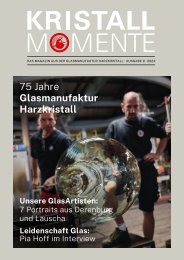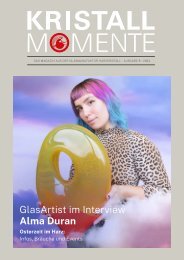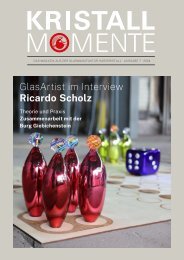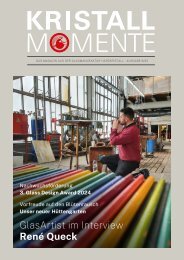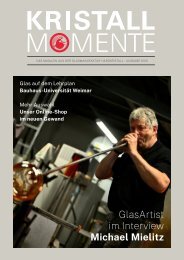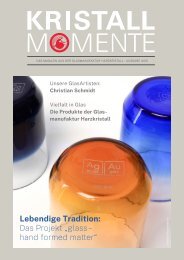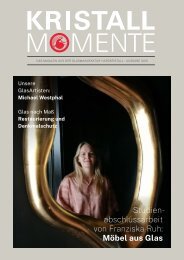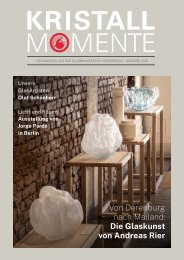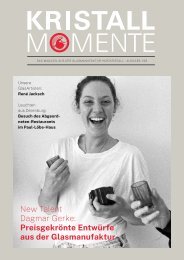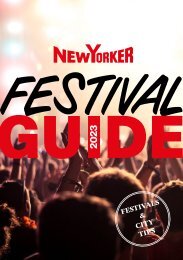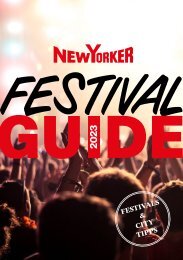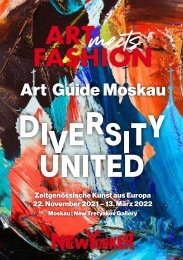NEW YORKER / Diversity United - Art Guide Moscow 22.11.21 – 13.03.22
Diversity United is an artistic atmospheric image of contemporary Europe. The international exhibition brings together painting, sculpture, video and new media, photography, installation, drawing and object art by around 90 artists from 34 countries, representing different generations, genders and regions. Their works represent the enormous diversity and vitality of Europe‘s contemporary art scene, from Portugal to Russia, from Norway to Turkey. The exhibition sheds light on themes such as freedom and democracy, migration and territory, political and personal identity, utopias and fears, which also revolve around the current pandemic.
Diversity United is an artistic atmospheric image of contemporary Europe. The international exhibition brings together painting, sculpture, video and new media, photography, installation, drawing and object art by around 90 artists from 34 countries, representing different generations, genders and regions. Their works represent the enormous diversity and vitality of Europe‘s contemporary art scene, from Portugal to Russia, from Norway to Turkey. The exhibition sheds light on themes such as freedom and democracy, migration and territory, political and personal identity, utopias and fears, which also revolve around the current pandemic.
Create successful ePaper yourself
Turn your PDF publications into a flip-book with our unique Google optimized e-Paper software.
Kremlin secret<br />
The Kremlin is the seat of the<br />
Russian president and, with its<br />
more than two-kilometer-long<br />
red brick wall, probably the city‘s<br />
best-known landmark. But this was<br />
not always the case: the medieval<br />
fortress, which has been a UNESCO<br />
World Heritage Site since 1990, only<br />
acquired its red color at the end of<br />
the 19th century. For around 300<br />
years, the walls and towers were<br />
painted white.<br />
False <strong>Moscow</strong><br />
Even if the name suggests<br />
otherwise, the <strong>Moscow</strong> Mule<br />
originated in the <strong>United</strong> States<br />
in the early 1940s, but it is<br />
closely linked to the Smirnoff<br />
distillery founded in <strong>Moscow</strong><br />
at the end of the 19th century,<br />
whose „Smirnoff Vodka“ was<br />
soon to be made known in<br />
North America.<br />
Soaring high<br />
At 540 meters, the Ostankino<br />
TV tower in the north of <strong>Moscow</strong><br />
is the tallest structure in<br />
Europe - since its opening in<br />
1967, it was even the tallest<br />
free-standing structure in the<br />
world until 1975. The integrated<br />
revolving restaurant „Seventh<br />
Heaven“ provides spectacular<br />
views over <strong>Moscow</strong>.<br />
Go big!<br />
<strong>Moscow</strong>‘s official population is<br />
12.7 million (01/2021) <strong>–</strong> as large<br />
as Finland and Denmark combined!<br />
In Gorky Park alone, a<br />
green oasis in the middle of the<br />
big city, up to 100,000 people<br />
usually gather on a weekend day.<br />
Clever dogs<br />
The <strong>Moscow</strong> Metro is used by up<br />
to nine million passengers every<br />
day and is one of the world‘s largest.<br />
But it‘s not just people who<br />
use this convenient way of getting<br />
from A to B: <strong>Moscow</strong>‘s street dogs<br />
have also adapted to the traffic.<br />
In search of food, the animals not<br />
only obey traffic rules to avoid<br />
being run over on the road, but<br />
even ride the subway! They<br />
have learned to recognize the<br />
stops from the loudspeaker announcements<br />
and even hop on<br />
a seat for a nap. In the evening,<br />
some dogs even ride back to<br />
the suburbs.<br />
The exhibition location:<br />
The State Tretyakov Gallery<br />
The museum, which houses one<br />
of Russia‘s largest and most<br />
famous art collections, takes its<br />
name from textile merchant and<br />
art collector Pavel Mikhailovich<br />
Tretyakov, who throughout his<br />
life not only built up a considerable<br />
collection of mainly contemporary<br />
Russian artwork, but also,<br />
together with his younger brother<br />
Sergei, constructed the premises<br />
in which the works found their<br />
place. In 1892, Pavel Tretyakov<br />
donated his collection and that of<br />
his late brother to the city of <strong>Moscow</strong>.<br />
At that time, the collection<br />
included almost 2,000 works of<br />
art. Today, the collection includes<br />
more than 180,000 works of art<br />
distributed among three sites: the<br />
Tretyakov Gallery, the New Tretyakov<br />
Gallery, and in the studios<br />
and apartments of the exhibiting<br />
artists.



